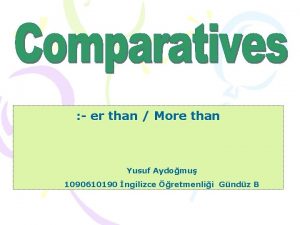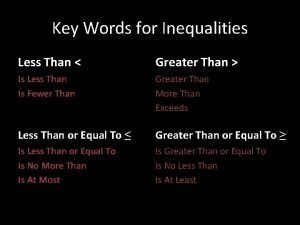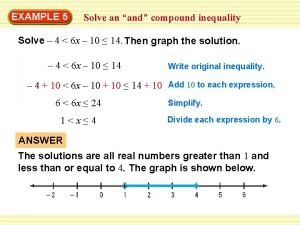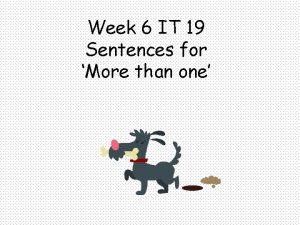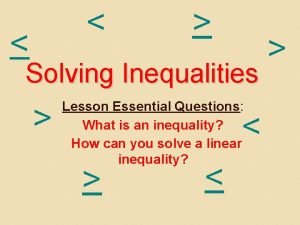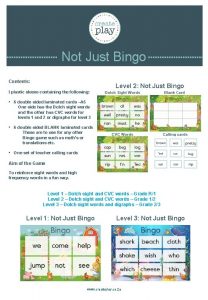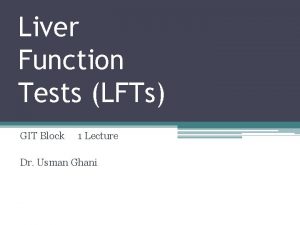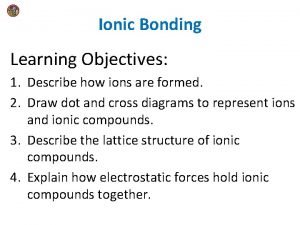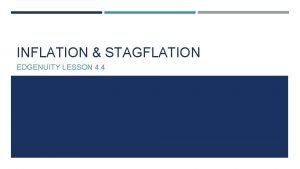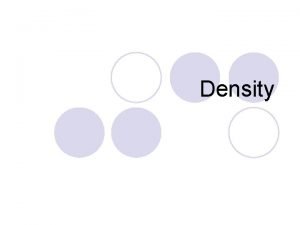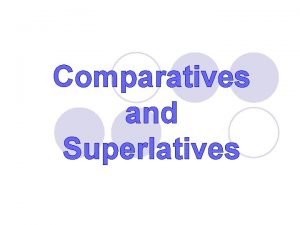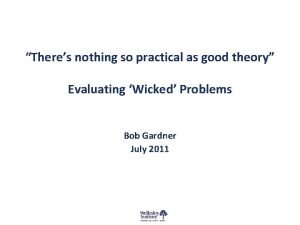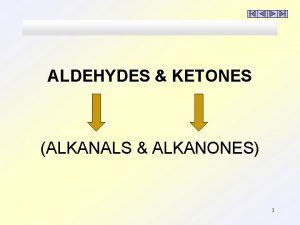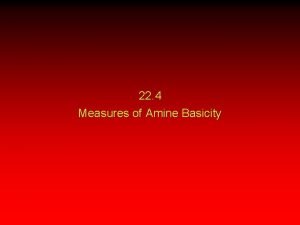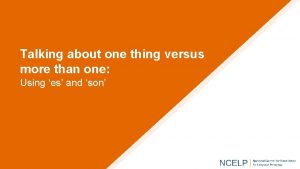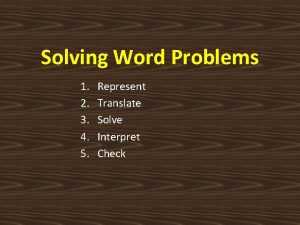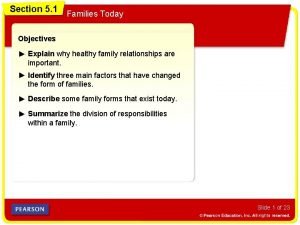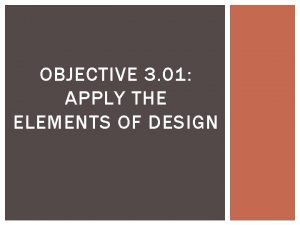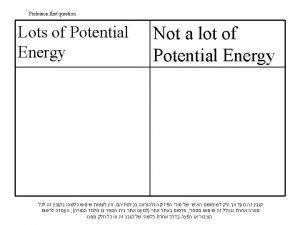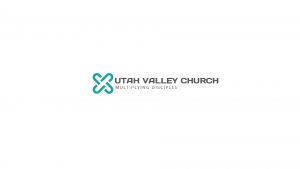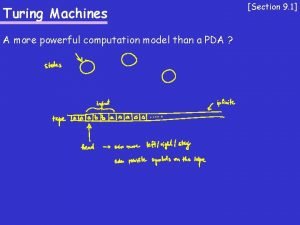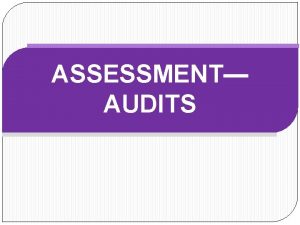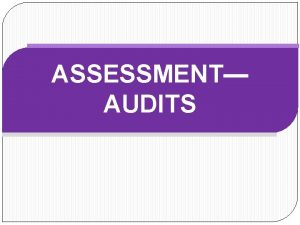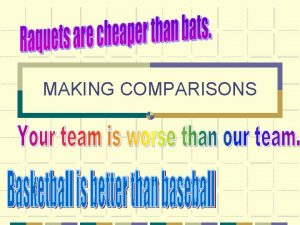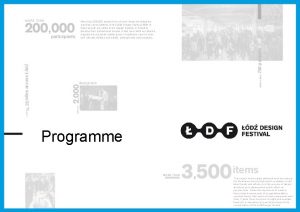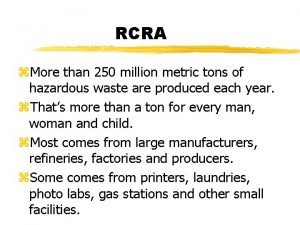Million Hearts Initiative Each year more than 2
























































































- Slides: 88




Million Hearts Initiative • Each year, more than 2 million Americans have a heart attack or stroke, and more than 800, 000 of them die. • Related medical costs and productivity losses approach $450 billion annually. • A “Million Hearts” initiative to prevent 1 million heart attacks and strokes over the next 5 years by implementing proven, effective, inexpensive interventions.

Million Hearts Initiative • Million Hearts will improve management of the “ABCS” — • aspirin for high risk patients, • blood-pressure control, • cholesterol management, and • smoking cessation. • Improving management of the ABCS can prevent more deaths than other clinical preventive services.


Million Hearts Initiative • Clinical and community interventions each contributed about equally to the 50% reduction in U. S. mortality due to heart attacks between 1980 and 2000. • Increasing utilization of these simple interventions could save more than 100, 000 lives a year. • Measuring and monitoring can encourage providers to improve preventive care.





Evaluation A process that attempts to determine as systematically and objectively as possible the relevance, effectiveness, and impact of activities in the light of their objectives.





Evaluation Component 1 • Implementation • Effectiveness • Efficiency • Cost-effectiveness • Attribution

Evaluation Component 2 • Efficacy • Effectiveness • Efficiency • Equity

Different types of evaluation ความตองก าร Feasibility Predictive/Simulation Front-end Evaluability assessment Decision analysis ทรพยาก ร + กจกรรม Process Formative (Developmental) Pluralist ผลทไ ด Outcome Impact Summative

Resource Output Need/Demand Intermediate outcome Impact Activities • Need assessment • Cost • Purpose & operation • Simplicity • Flexibilily • Acceptability • Data quaulity • Sensitivity • PVP • Representativeness • Timeliness • Stability Usefulness or how the data was used to help intervention program Impact assessment

การประเมนทางเศรษฐศาสตร • Cost-analysis • Cost-Effectiveness Analysis (CEA) • Cost-Utility Analysis (CUA) • Cost-Benefit Analysis (CBA)



Framework for program evaluation ���������������� www. boe. moph. go. th ����. 098 -2947980. 24

Step 1: Engaging stakeholders • Stakeholders บคคลหรอองคกรทมสวนรวมในการประเมน ทงในสวนทเกยวกบการสนบสนนการประเม นและการนำผลการประเมนไปใชใหเกดประโยชน • Fostering input, participation, and power-sharing among those persons who have an investment in the conduct of the evaluation and the findings; it is especially important to engage primary users of the evaluation. ���������������� www. boe. moph. go. th ����. 098 -2947980.





Step 2: Describing the program • Need • Expected effects • Activities • Resources • Stage of development • Context • Logic Model 30

Stage of development • During planning, the goal of evaluation is to refine plans. • During implementation, program activities are being fieldtested and modified; the goal of evaluation is to characterize real, as opposed to ideal, program activities and to improve operations, perhaps by revising plans. • During the last stage, the goal of evaluation is to identify and account for both intended and unintended effects. 31

Step 2: Describing the program • Need • Expected effects • Activities • Resources • Stage of development • Context • Logic Model Often, this model is displayed in a flow chart, map, or table to portray the sequence of steps leading to program results 32


Step 3: Focusing the Evaluation Design • Purposes • Users • Uses • Questions • Methods • Agreements 34

เปาหมายของการประเมน • Gain insight • Change practice • Assess effects • Affect participants 35

Methods • Experimental designs • Quasi-experimental designs • Observational designs 36

Experimental designs • Control group • Random allocation of treatment 37



Methods • Methodologic decisions clarify how the evaluation will operate • how information sources will be selected; • what data collection instruments will be used; • who will collect the data; • what data management systems will be needed; and • what are the appropriate methods of analysis, synthesis, interpretation, and presentation. 40

Vaccine effectiveness • จะประเมน Vaccine effectiveness ไดอยางไร




Effectiveness evaluation


รปแบบการศกษาทสามารถนำ มาใชได • Intervention study • Experimental study • Quasi-Experimental study • Observational study • Cohort study • Case-control study • Cross-sectional study




ชนดของการศกษาทางระบาดว ทยา Manipulation of exposure Yes No Randomization yes No Experimental Quasi experimental Observational














ECONOMIC IMPACT HEALTH IMPACT Burden of Illness Cost of Illness Intervention Net Benefit ผลลพธ Cost of Program Difference in Cost of Care Net Cost




Cost effectiveness analysis เปนเพยง 1 ใน 9 criteria ในการลำดบความสำคญของการจดสรรงบประมาณเทาน น criteria ขออนๆ มดงน • Cost of intervention • Capacity of beneficiary to pay • Horizontal equity • Vertical equity • Adequacy of demand • Public attitudes and wants • Is an intervention a public good • Does it yields substantial externalities?


Study design • Audience • Costs • Study question • Health outcome • Intervention strategies • Discount rate • Perspective • Uncertainty • Time frame • Summary measures • Analytic method • Marginal & incremental analyses

Decision Tree


Step 4 Gathering credible evidence • Indicators • Sources • Quality • Quantity • Logistics 74

Indicators • Indicators define the program attributes that pertain to the evaluation’s focus and questions. • Because indicators translate general concepts regarding the program, its context, and its expected effects into specific measures that can be interpreted, they provide a basis for collecting evidence that is valid and reliable for the evaluation’s intended uses. 75

Sources of evidence • บคคล : Clients, staff, general public, funding officials, . . . • เอกสาร: grant proposals, press releases, บนทกการประชม เอกสารตพมพ • การสงเกต 76

Step 5 Justifying conclusion • Standards • Analysis and synthesis • Interpretation • Judgments • Recommendations 77

Judgments • Judgments are statements concerning the merit, worth, or significance of the program. • They are formed by comparing the findings and interpretations regarding the program against one or more selected standards. 78

Recommendation • Recommendations are actions for consideration resulting from the evaluation. • Forming recommendations is a distinct element of program evaluation that requires information beyond what is necessary to form judgments regarding program performance 79

Step 6 Ensuring use and sharing lessons learned • Design • Preparation • Feedback • Follow-up • Dissemination • Additional uses 80

Framework for program evaluation ���������������� www. boe. moph. go. th ����. 098 -2947980. 81

Utility Standards • Stakeholder identification • Evaluator credibility • Information and scope selection • Values identification • Report clarity • Report timeliness and dissemination • Evaluation impact

Feasibility Standards • Practical procedures • Political viability • Cost-effectiveness

Propriety (ethical) Standards • Service orientation • Formal agreements • Rights of human subjects • Human interactions • Complete and fair assessment • Disclosure of findings • Conflict of interest • Fiscal responsibility

Accuracy Standards • Program documentation • Context analysis • Described purposes and procedures • Defensible information sources • Valid information • Reliable information

Accuracy Standards • Systematic information • Analysis of quantitative information • Analysis of qualitative information • Justified conclusions • Impartial reporting • Metaevaluation


 More more more i want more more more more we praise you
More more more i want more more more more we praise you More more more i want more more more more we praise you
More more more i want more more more more we praise you Anopheles
Anopheles More er than
More er than 5730x5
5730x5 Greater than god and more evil
Greater than god and more evil Wildfire seafret meaning
Wildfire seafret meaning Sixty million and more
Sixty million and more Poem to read to year 6 leavers
Poem to read to year 6 leavers Percent greater than 100 and less than 1
Percent greater than 100 and less than 1 Fractions greater less than or equal to
Fractions greater less than or equal to Less than keywords
Less than keywords Odd fraction out
Odd fraction out Jesus lord of heaven
Jesus lord of heaven Numberblocks 1 2
Numberblocks 1 2 Greater than less than examples
Greater than less than examples The atlantic ocean gets about 3-5 ______ wider each year.
The atlantic ocean gets about 3-5 ______ wider each year. What was the first fbla state chapter
What was the first fbla state chapter Farmer plants different crops in a field each year
Farmer plants different crops in a field each year Climb sentences
Climb sentences Definition of curriculum evaluation
Definition of curriculum evaluation Turing machine is more powerful than
Turing machine is more powerful than Can an atom have more neutrons than protons
Can an atom have more neutrons than protons Jenny engagement ring is enormous
Jenny engagement ring is enormous How to not plagiarize
How to not plagiarize How to cite more than 3 authors
How to cite more than 3 authors Closed or open circle for inequalities
Closed or open circle for inequalities Device made up of more than one simple machine
Device made up of more than one simple machine Software is more than just
Software is more than just Meherjan passage question answer
Meherjan passage question answer Henry like pizza more than
Henry like pizza more than Gobi fff campaign
Gobi fff campaign Nothing is more precious than happiness and health
Nothing is more precious than happiness and health More than just bingo
More than just bingo Can an atom have more neutrons than protons
Can an atom have more neutrons than protons Is oil more dense than water
Is oil more dense than water Marketing more than any other business function deals with
Marketing more than any other business function deals with Love is more thicker than forget by e.e. cummings
Love is more thicker than forget by e.e. cummings Function of liver
Function of liver Alt higher than ast
Alt higher than ast Magnesium and fluorine ionic compound
Magnesium and fluorine ionic compound Cost-push inflation occurs when edgenuity
Cost-push inflation occurs when edgenuity What is paradigms in hci
What is paradigms in hci How does soap remove dirt
How does soap remove dirt Matter is anything that...
Matter is anything that... Can an atom have more neutrons than protons
Can an atom have more neutrons than protons Comparative and superlative of l
Comparative and superlative of l Why is mass more useful than weight for measuring matter
Why is mass more useful than weight for measuring matter Thyroxine binding prealbumin
Thyroxine binding prealbumin More than one author apa
More than one author apa Apa.format title page
Apa.format title page 4 more than p
4 more than p Math is more than just numbers
Math is more than just numbers Paper has more patience than people'. elucidate.
Paper has more patience than people'. elucidate. Kurt lewin nothing as practical as a good theory
Kurt lewin nothing as practical as a good theory Wiseflow - more than paperless
Wiseflow - more than paperless Identifying and correcting faulty sentences
Identifying and correcting faulty sentences R v millard and vernon
R v millard and vernon Mwyssa
Mwyssa Classical period started from 1750 to 1872
Classical period started from 1750 to 1872 To describe a position in more than one dimension
To describe a position in more than one dimension We are delighted to invite you for dinner
We are delighted to invite you for dinner How do i insert a 5 minute timer into powerpoint?
How do i insert a 5 minute timer into powerpoint? Why is imidazole more basic than pyridine
Why is imidazole more basic than pyridine King lear act 1 scene 1
King lear act 1 scene 1 It's more than just rain or snow
It's more than just rain or snow Difference between alkanal and alkanone
Difference between alkanal and alkanone Basicity of arylamines
Basicity of arylamines The ______ of a seismograph moves.
The ______ of a seismograph moves. The buffalo bills scored 24 more than twice
The buffalo bills scored 24 more than twice Sekala writes as ______ as her sister
Sekala writes as ______ as her sister Why does new guinea have more species of birds than bali?
Why does new guinea have more species of birds than bali? More than half of all millionaires never inherited money
More than half of all millionaires never inherited money More than one thing
More than one thing Complementary angles word problems
Complementary angles word problems 5-1 changing households
5-1 changing households Water contracts (gets smaller) when it freezes.
Water contracts (gets smaller) when it freezes. Why are related forms more agreeable than unrelated forms?
Why are related forms more agreeable than unrelated forms? Marketing more than any other business function deals with
Marketing more than any other business function deals with Hash table abstract data type
Hash table abstract data type You have more potential than you think
You have more potential than you think Why are related forms more agreeable than unrelated forms
Why are related forms more agreeable than unrelated forms Why are related forms more agreeable than unrelated forms?
Why are related forms more agreeable than unrelated forms? A basketball has more mass than a golf ball because:
A basketball has more mass than a golf ball because: Indexes scales and typologies
Indexes scales and typologies How many shapes have more than one line of symmetry
How many shapes have more than one line of symmetry All of you is more than enough for all of me
All of you is more than enough for all of me Beneath this mask is more than flesh
Beneath this mask is more than flesh Turing machine is more powerful than:
Turing machine is more powerful than:



